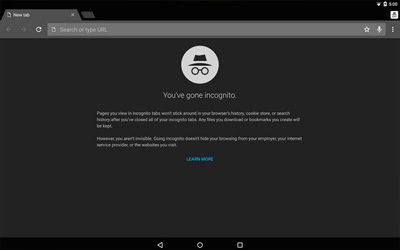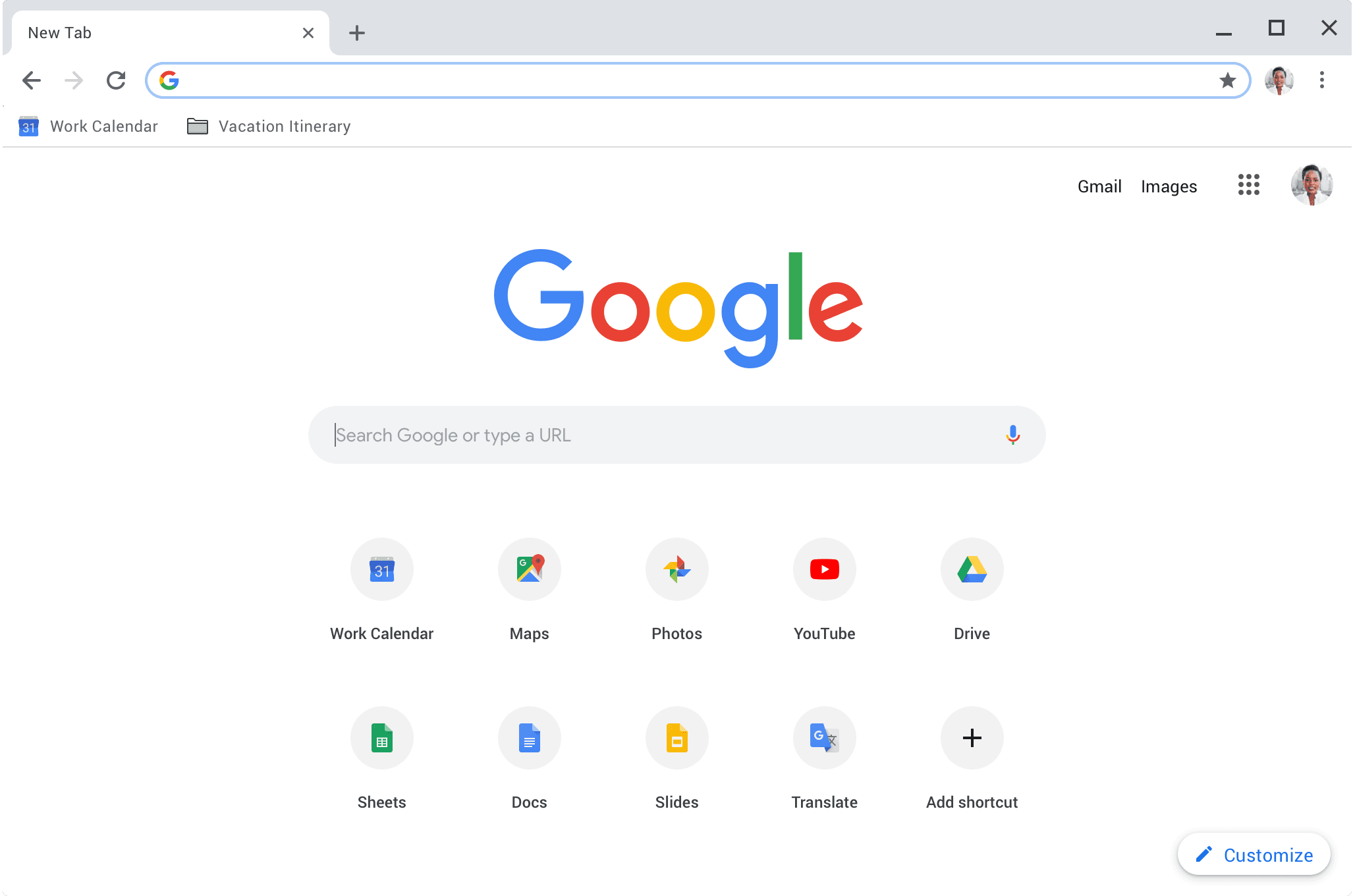“Okay, here is an article about the Chrome browser APK, written in English and aiming for approximately 1600 words.
Okay, here is an article about the Chrome browser APK, written in English and aiming for approximately 1600 words.

Navigating the Digital Landscape: A Deep Dive into the Chrome Browser APK
In the vast and ever-evolving world of mobile technology, the Android operating system stands out for its flexibility and openness. Unlike more closed ecosystems, Android allows users a degree of control and customization that extends beyond the pre-installed apps and the official app store. At the heart of this flexibility lies the Android Package Kit, or APK – the file format used for the distribution and installation of mobile applications.
While most Android users acquire their apps seamlessly through the Google Play Store, there are situations where obtaining an app via its APK file becomes necessary or desirable. This is true even for incredibly popular and ubiquitous applications like the Google Chrome browser.
This article delves deep into the world of the Chrome browser APK. We will explore what an APK is, why someone might choose to install Chrome using an APK instead of the standard Play Store method, where to find these files (with crucial safety warnings), how to install them, the different variants available, and the inherent benefits and risks involved. Whether you’re a power user seeking specific versions, someone troubleshooting issues, or simply curious about how Android apps work under the hood, understanding the Chrome APK is a valuable piece of knowledge.
What Exactly is an APK? Understanding the Building Blocks
Before we talk specifically about the Chrome APK, let’s clarify what an APK file is in the first place.
An APK (Android Package Kit) is the package file format used by the Android operating system for distribution and installation of mobile applications and middleware. Think of it as the Android equivalent of a .exe file on Windows or a .dmg file on macOS. It’s a single file that contains all the elements needed to install and run an application on an Android device.
Inside an APK file, you’ll typically find:
- Compiled Code: The application’s compiled code, usually in DEX (Dalvik Executable) format, which is optimized for the Android runtime.
- Resources: Assets like images, audio files, and other media used by the app.
- Manifest File: A file named
AndroidManifest.xmlthat describes the application’s structure, components (activities, services, broadcast receivers, content providers), required permissions, hardware and software features it needs, minimum API level, and other crucial metadata. This file is essential for the Android system to understand what the app is and how to handle it. - Certificates: Cryptographic certificates that digitally sign the APK. This signature verifies the developer’s identity and ensures that the app hasn’t been tampered with since it was signed. The Android system uses this signature to determine if an app is from a trusted source and to allow updates to replace existing versions (as long as the signatures match).
- Native Libraries: Pre-compiled code for specific device architectures (like ARM, ARM64, x86) if the app includes native components.


When you download an app from the Google Play Store, the Play Store app handles the download of the APK file (or sometimes split APKs for efficiency) and the subsequent installation process automatically. However, it’s possible to obtain the APK file directly and install it manually, a process often referred to as "sideloading."
Why Consider the Chrome Browser APK? Beyond the Play Store
For the vast majority of users, installing Google Chrome from the Google Play Store is the simplest, safest, and most convenient method. It ensures you get the official, verified version, receive automatic updates, and benefit from Google Play Protect’s security scanning.
So, why would anyone bother with the Chrome APK? There are several legitimate reasons:

- Accessing Different Versions (Beta, Dev, Canary): Google offers different release channels for Chrome: Stable, Beta, Dev (Developer), and Canary. The Play Store primarily promotes the Stable version. However, if you want to try out upcoming features, test compatibility, or report bugs before they hit the stable channel, you might want to install the Beta, Dev, or Canary versions. While these are also available on the Play Store, finding and installing them manually via APK might be preferred by some, or necessary in specific testing scenarios.
- Obtaining Older Versions: Sometimes, a new update introduces bugs, removes a feature you rely on, or causes compatibility issues with certain websites or device configurations. The Play Store only offers the latest version. By using an APK, you can potentially find and install an older, stable version that worked correctly for you, allowing you to roll back until the issues with the newer version are resolved.
- Installation Without Google Play Services: In some regions, or on certain devices (like some Huawei phones released after a specific date), Google Play Services and the Google Play Store are not pre-installed due to licensing or political reasons. Users on these devices cannot access the Play Store. To install Chrome, they would need to obtain the APK file from an alternative source.
- Manual Updates: While automatic updates are convenient, some users prefer manual control over when and what gets updated. Downloading the latest stable APK allows them to update Chrome on their schedule, perhaps after reading reviews or waiting to see if others report issues with the new version.
- Troubleshooting and Testing: Developers or power users might need to install specific builds of Chrome for testing purposes, debugging website compatibility issues on different browser versions, or isolating problems that might have been introduced in a particular update.
- Limited or Unstable Internet Connection: If you have the APK file downloaded, you can install the app even without a stable internet connection (after the initial download). This can be useful in areas with poor connectivity.
While these reasons highlight the utility of APKs, it’s crucial to understand that they come with significant caveats, particularly regarding security.
Navigating the World of Chrome APKs: Stable, Beta, Dev, Canary
Google maintains multiple release channels for Chrome, each serving a different purpose and audience. When looking for a Chrome APK, you’ll likely encounter these variants:
- Stable: This is the version most users have. It’s the most tested and polished build, considered ready for general public use. Updates are released roughly every 4-6 weeks.
- Beta: Released a few weeks before the Stable version, Beta provides a preview of the next stable release. It’s more stable than Dev or Canary but still might have some bugs. It’s good for users who want to see upcoming features and provide feedback.
- Dev (Developer): This channel is updated weekly and contains features that are still under active development. It’s less stable than Beta and intended for developers and enthusiasts who want to test the very latest changes, potentially encountering more bugs and crashes.
- Canary: The most bleeding-edge version, updated almost daily. It’s highly unstable and intended for developers to test compatibility with the absolute newest features and APIs. It can often run alongside other Chrome versions.
When choosing a Chrome APK, consider your needs. For general use, the Stable version is recommended. If you’re curious about upcoming features and don’t mind occasional glitches, Beta is an option. Dev and Canary are generally only suitable for developers or users who understand the risks of using highly unstable software.
Where to Find Chrome APKs: Safety First!
This is arguably the most critical section of this article. While APK files offer flexibility, downloading them from untrusted sources is a major security risk. Malicious actors can repackage legitimate APKs with malware, spyware, or viruses. Installing such an APK can compromise your device and personal data.
Therefore, the absolute most important rule when dealing with APKs is to download them ONLY from highly reputable and trusted sources.
Here are some common places where you might find Chrome APKs, along with warnings:
- Official Google Sources (Less Common for End Users): Google sometimes provides APKs directly on developer websites (like the Chromium project site for very specific builds), but this is rare for the standard Chrome browser intended for end-users. The primary official distribution channel is the Play Store.
- Reputable Third-Party APK Repositories: Several websites specialize in hosting APK files. Some of these have built a strong reputation for verifying the integrity and origin of the files they host. They often check the cryptographic signatures of APKs against known developer keys (like Google’s signature for Chrome) to ensure the file hasn’t been tampered with.
- APKMirror (Recommended): Widely considered one of the safest and most reputable sources. They have strict policies, including verifying signatures of new APKs against existing ones for the same app to ensure authenticity. They do not host pirated or modified apps.
- APKPure: Another popular repository. While generally considered safe, it’s always wise to exercise caution and perhaps prioritize APKMirror if possible.
- Other Sites: There are countless other websites offering APK downloads. Be extremely wary of these. Many are fronts for distributing malware. If a site looks suspicious, is filled with pop-ups, or asks for excessive permissions or personal information, avoid it entirely.
Crucial Safety Checks:
- Verify the Source: Stick to known, reputable sites like APKMirror.
- Check the Signature: Reputable sites like APKMirror display the APK’s signature information. While complex for the average user to verify manually, the fact that they check it against known developer signatures is a layer of safety.
- Read Comments/Reviews: On reputable sites, users often leave comments about whether an APK worked correctly or if they encountered issues.
- Scan the File: Before installing, if possible, scan the downloaded APK file with a reputable antivirus app on your device or computer.
- Be Skeptical: If a site promises premium features for free via an APK, it’s almost certainly malicious.
Never download Chrome APKs from random websites found via a search engine without verifying their reputation. The risk of malware is simply too high.
Step-by-Step: Installing a Chrome APK
Installing
